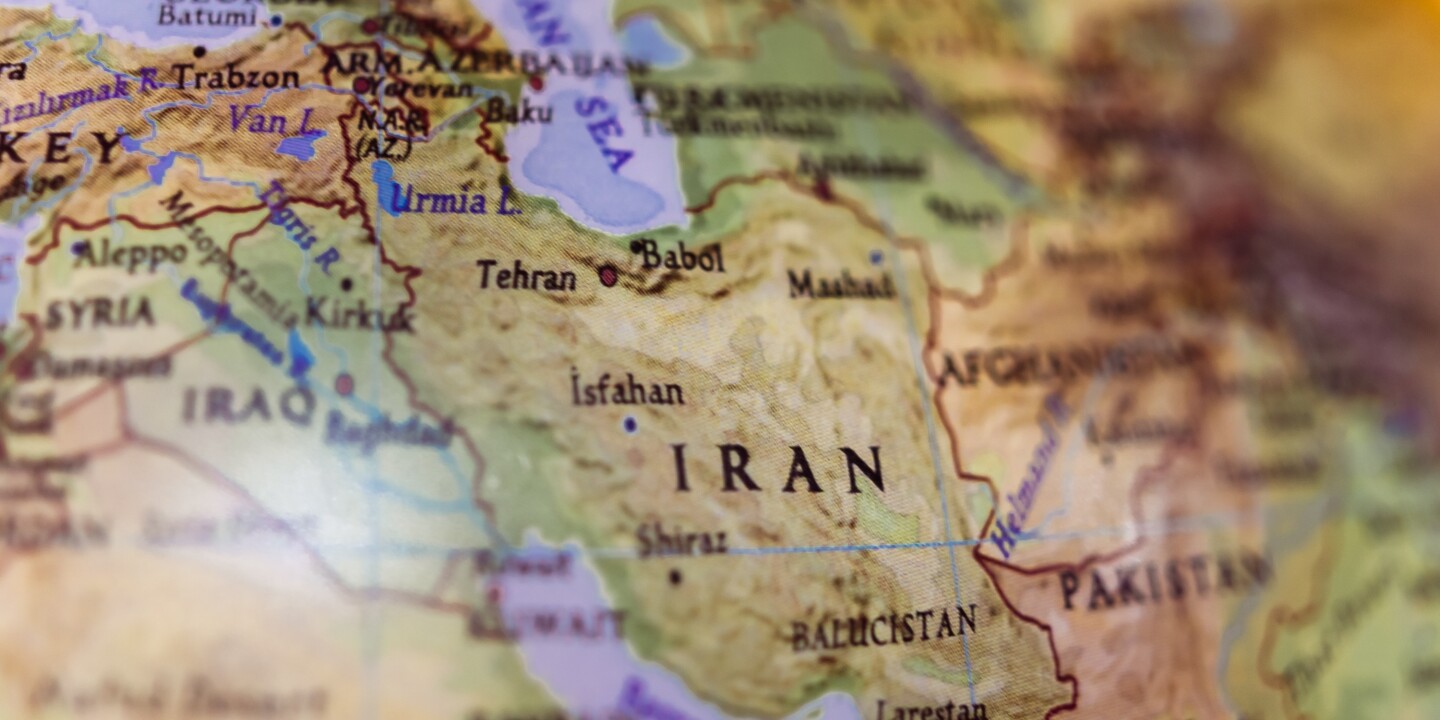After nearly twelve days marked by airstrikes, missile launches, and heightened fears of a broader regional war, a ceasefire between Israel and Iran has brought a fragile but significant moment of relief to millions living in the Middle East. The truce, announced by U.S. President Donald Trump, outlined a phased arrangement in which Iran would cease hostilities first, followed by Israel 12 hours later. Although neither Tehran nor Jerusalem has formally confirmed the ceasefire in official statements, a sharp decrease in military operations since Sunday night strongly suggests that both sides are abiding by the agreement.
The escalation began with a series of carefully coordinated strikes by the United States and Israel against several key Iranian nuclear facilities, including Natanz and Fordow. These attacks involved advanced weaponry such as long-range bombers and submarine-launched cruise missiles, aiming to degrade Iran’s nuclear capabilities and delay its progress. Following these strikes, Iran responded with missile and drone attacks targeting Israeli cities and American military bases in the Gulf region, triggering widespread air raid sirens and forcing thousands of civilians to seek shelter.
Israel’s military response, known as Operation Rising Lion, saw a series of over 100 airstrikes aimed at disabling Iranian military infrastructure and nuclear-related installations. According to reports from Israeli emergency services, at least 20 civilians were injured during Iranian missile attacks, many of whom sought medical attention in overwhelmed hospitals. The exact extent of casualties and damage inside Iran remains unclear, but satellite imagery and independent observers have confirmed significant damage to multiple nuclear facilities.
The international community reacted swiftly to the unfolding crisis, with the United Nations, European Union, Russia, and China among those urging both nations to step back from the brink and seek peaceful resolution. The U.S. Vice President called the ceasefire a “critical turning point,” emphasising the importance of sustained diplomacy and restraint to prevent further bloodshed.
Despite the easing of hostilities, the human toll continues to be felt deeply. Civilians in Israel and Iran endured days of uncertainty and fear, with schools closing and hospitals operating under strain as missile sirens blared and explosions rocked populated areas. The psychological impact on families, including children and the elderly, remains profound.
Analysts caution that while the ceasefire represents a positive development, the underlying tensions between Israel and Iran have not disappeared. Neither country has committed to a formal peace process, and both remain on heightened alert. The potential for future flare-ups persists, underscoring the fragility of the current calm.
For now, the ceasefire offers a vital window of opportunity. Humanitarian agencies are preparing to provide assistance to those affected by the recent violence, and diplomats continue behind the scenes to encourage dialogue. Across cities and towns in both countries, residents are cautiously hopeful that this pause in fighting might lead to more enduring peace.
The coming weeks will be critical in determining whether this ceasefire can serve as a foundation for reducing tensions or if the region will once again face the threat of renewed conflict.













